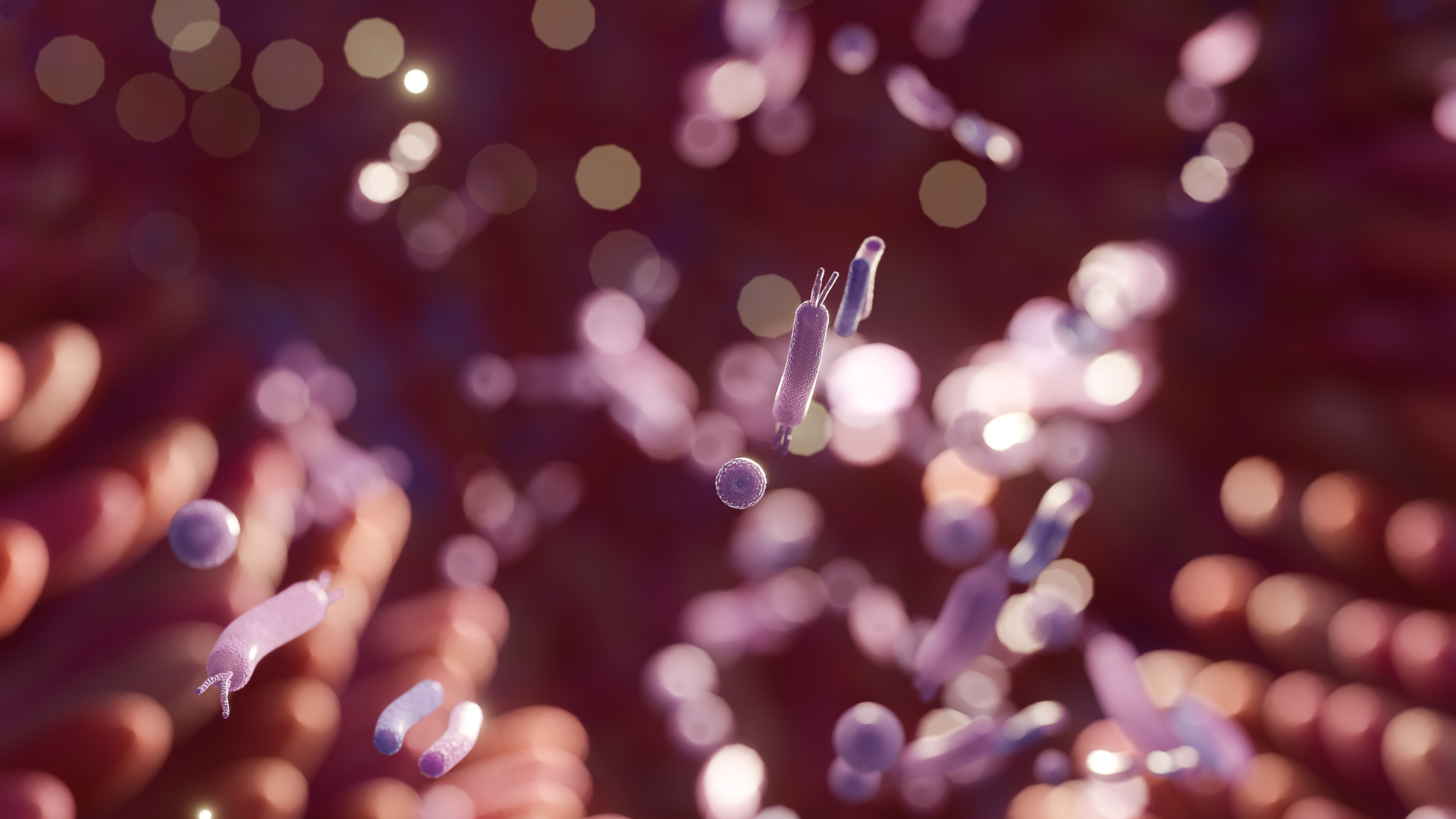The Ultimate Guide to Seborrheic Dermatitis: Causes, Treatments, and P
Shop Hydrolytic®
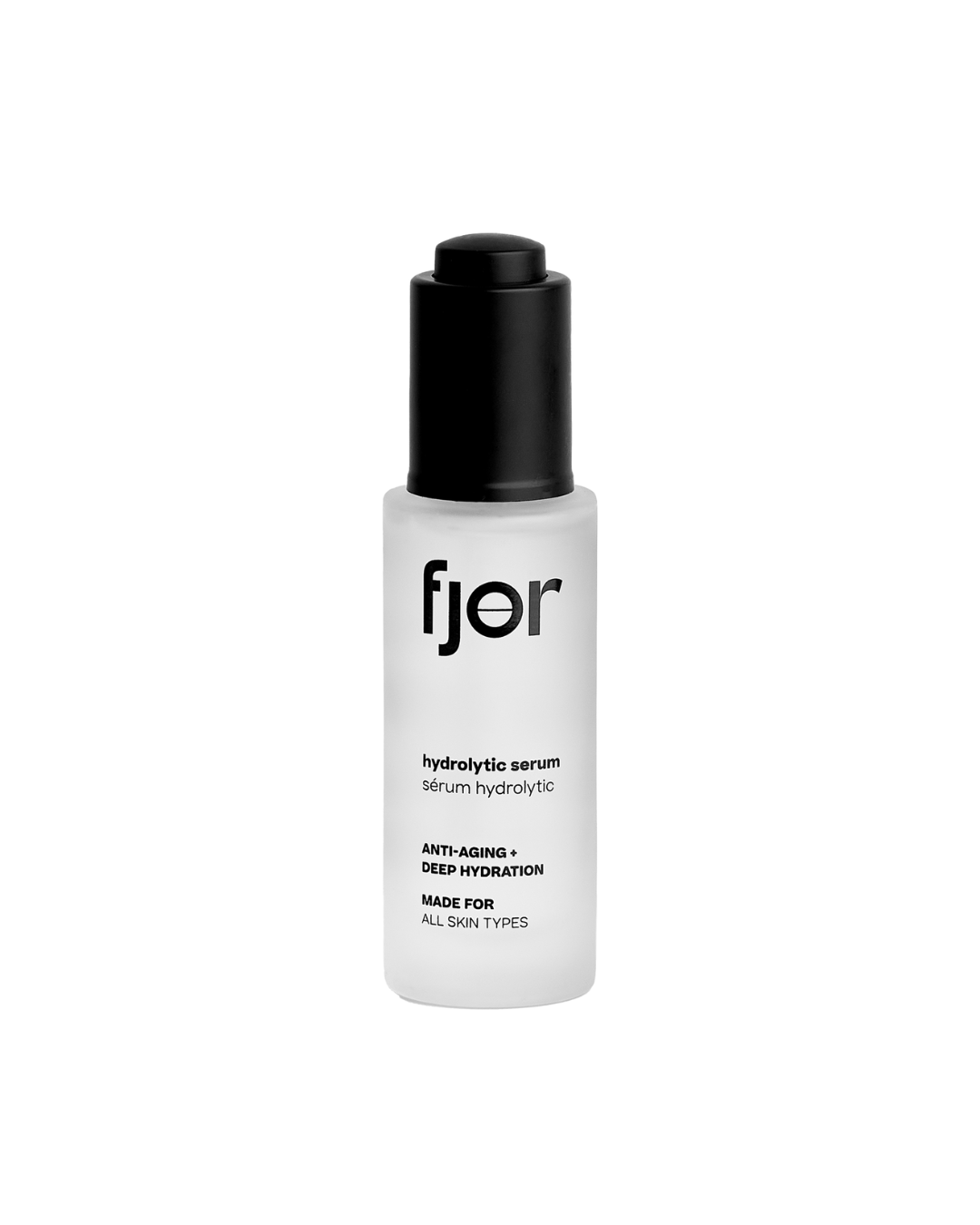
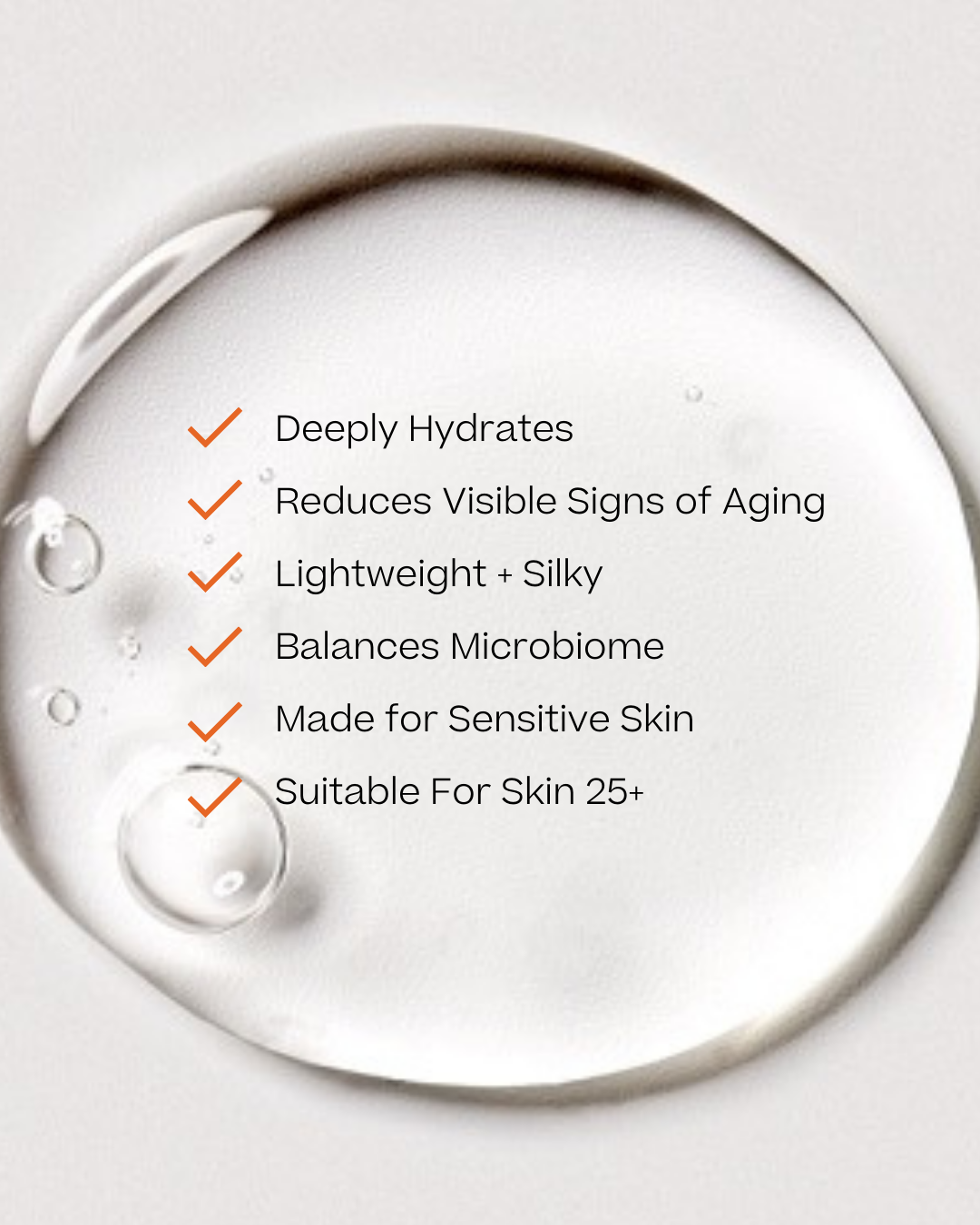
Hydrolytic® Serum 30ml
Anti-Aging + Deep Hydration
£97.00
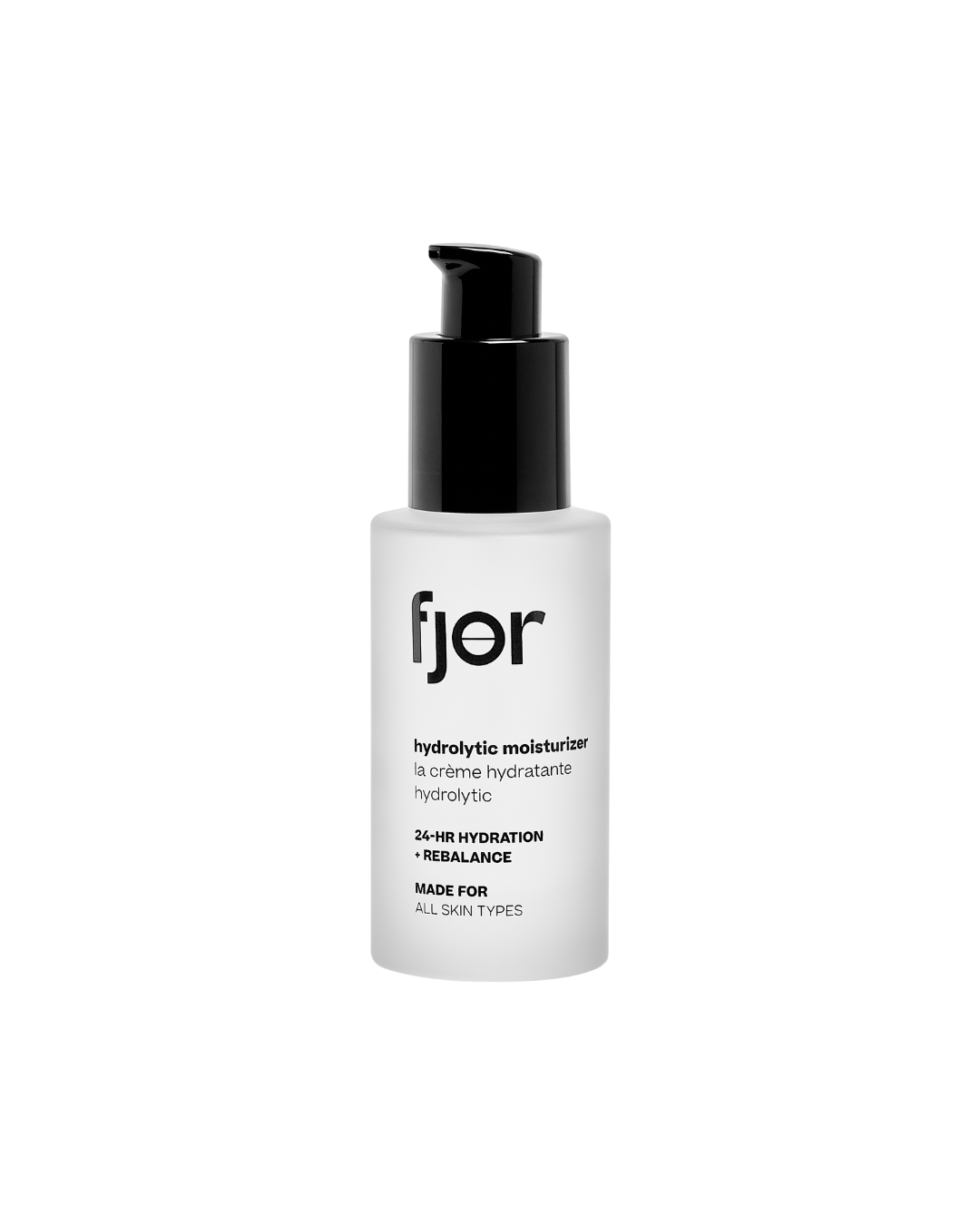
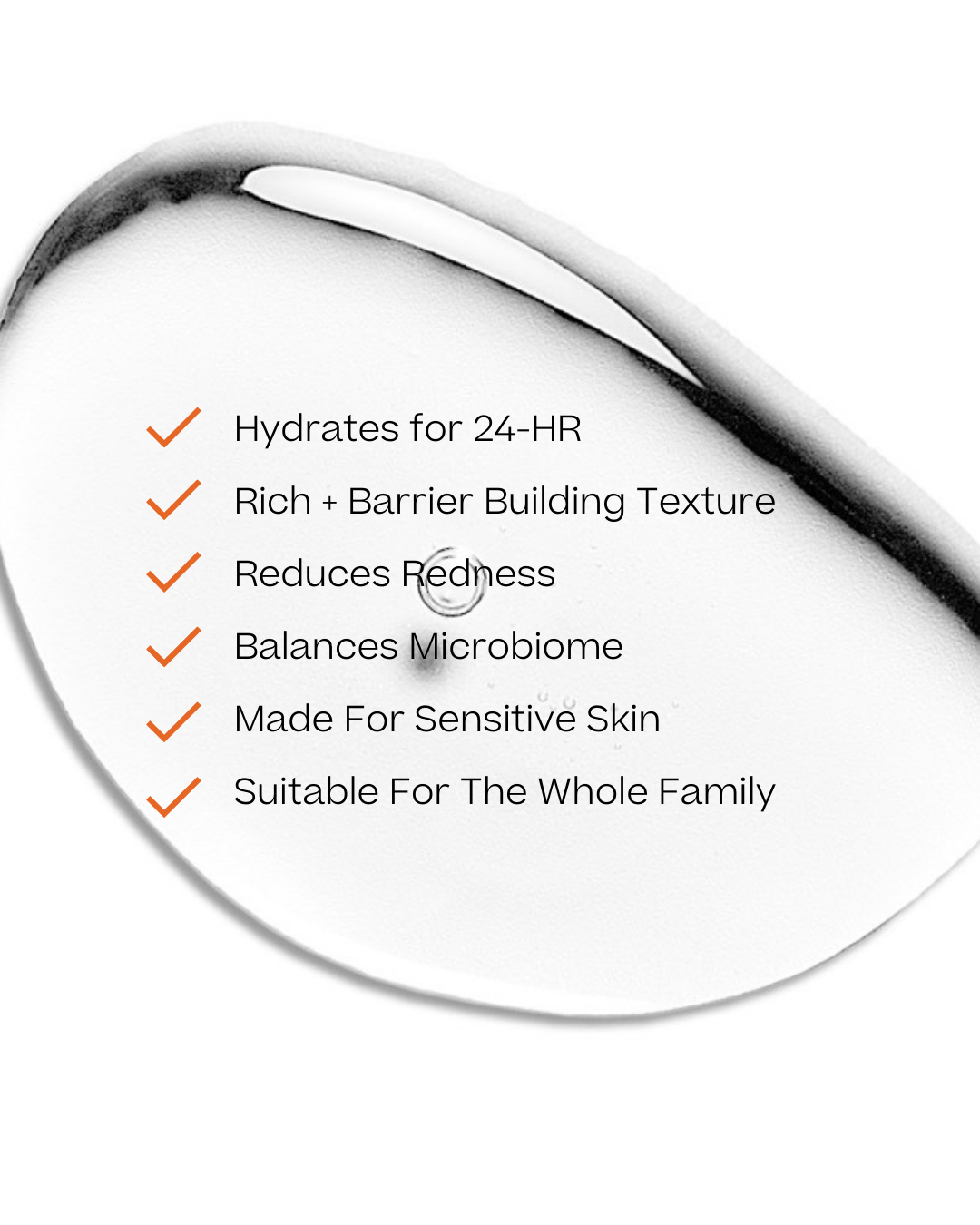
Hydrolytic® Moisturizer 30ml
24-hr Hydration + Rebalance
£45.00
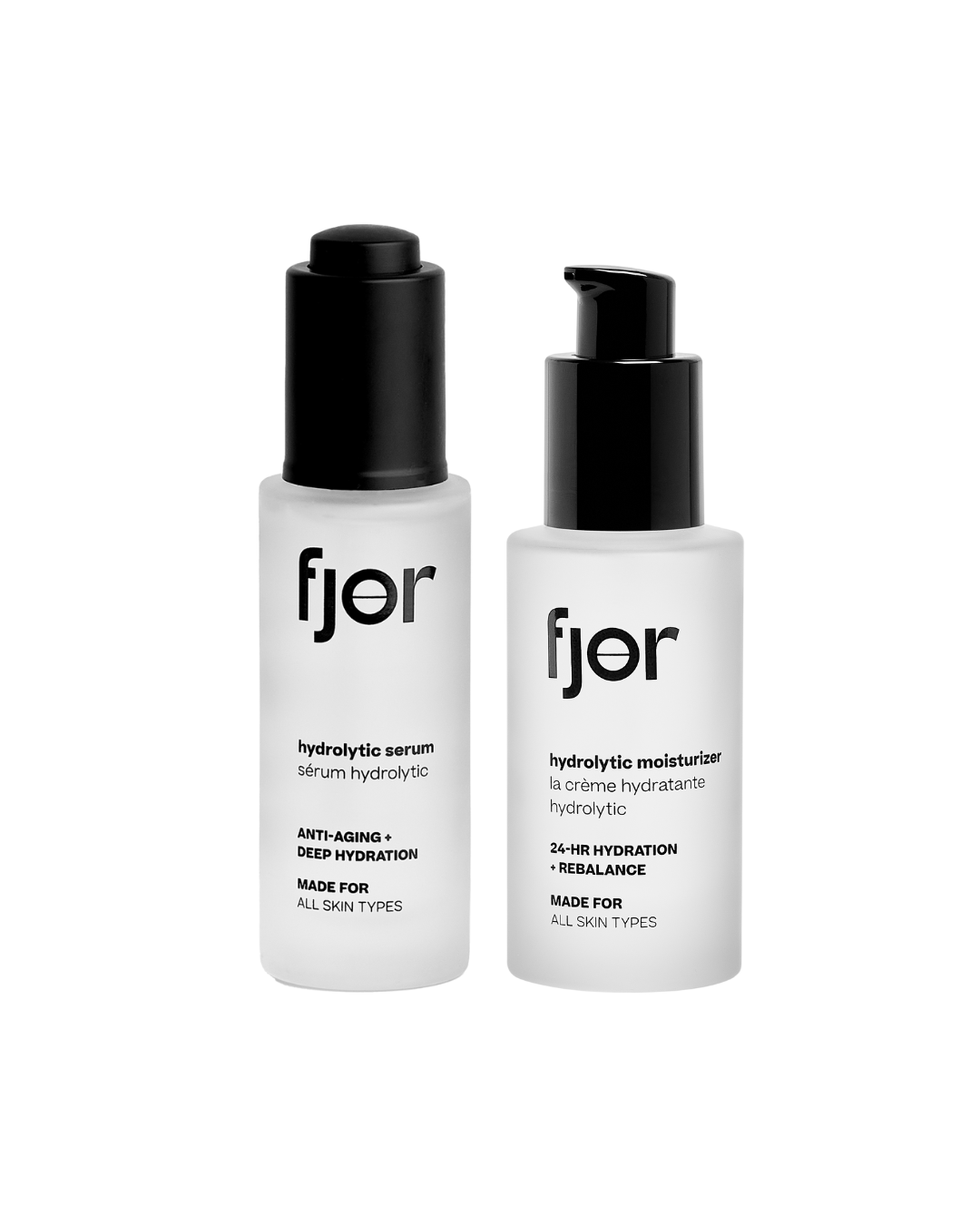
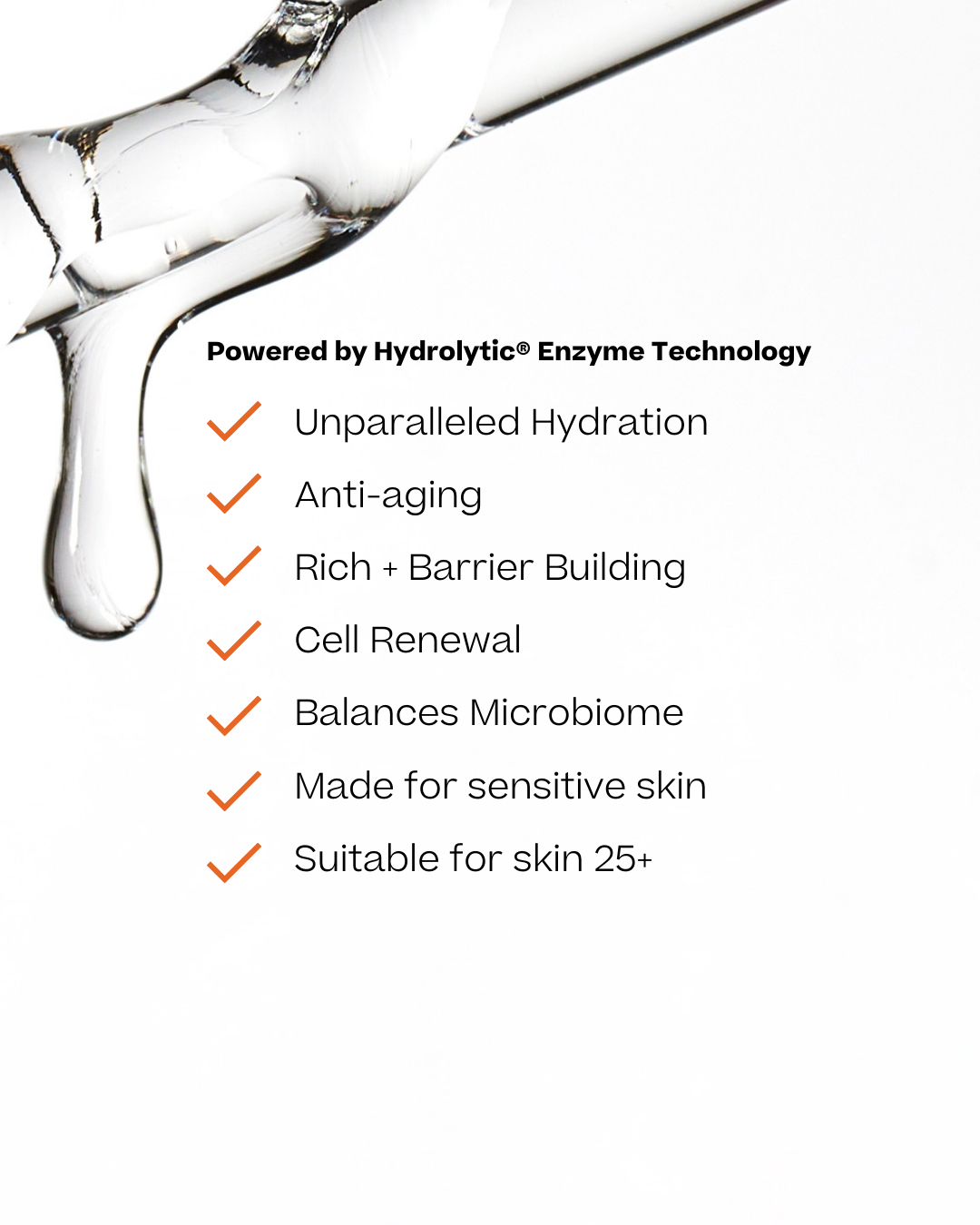
The Hydrolytic® Duo
Hydrolytic® Serum + Moisturizer
£142.00 £129.00
Science
The Science Behind fjör



Quiz
Take the Skin Quiz
Shop
Science
Science
Community
Community
Quiz
Quiz
Cart (0)
Your cart is empty
Continue ShoppingFeb 08, 2025
The Ultimate Guide to Seborrheic Dermatitis: Causes, Treatments, and Prevention
Seborrheic dermatitis—often shortened to seb derm or SD—is one of the most misunderstood skin conditions. It’s a chronic issue causing redness, flaking, and irritation, especially on the face.
Whether you’re searching for the best treatment for seborrheic dermatitis on the face, seeking a permanent cure, or looking for guidance on the best skincare routine for seb derm, this guide is here to help.
We’ll explore everything from causes and triggers to treatments, skincare products, and lifestyle changes, all with a focus on nurturing your skin’s microbiome.
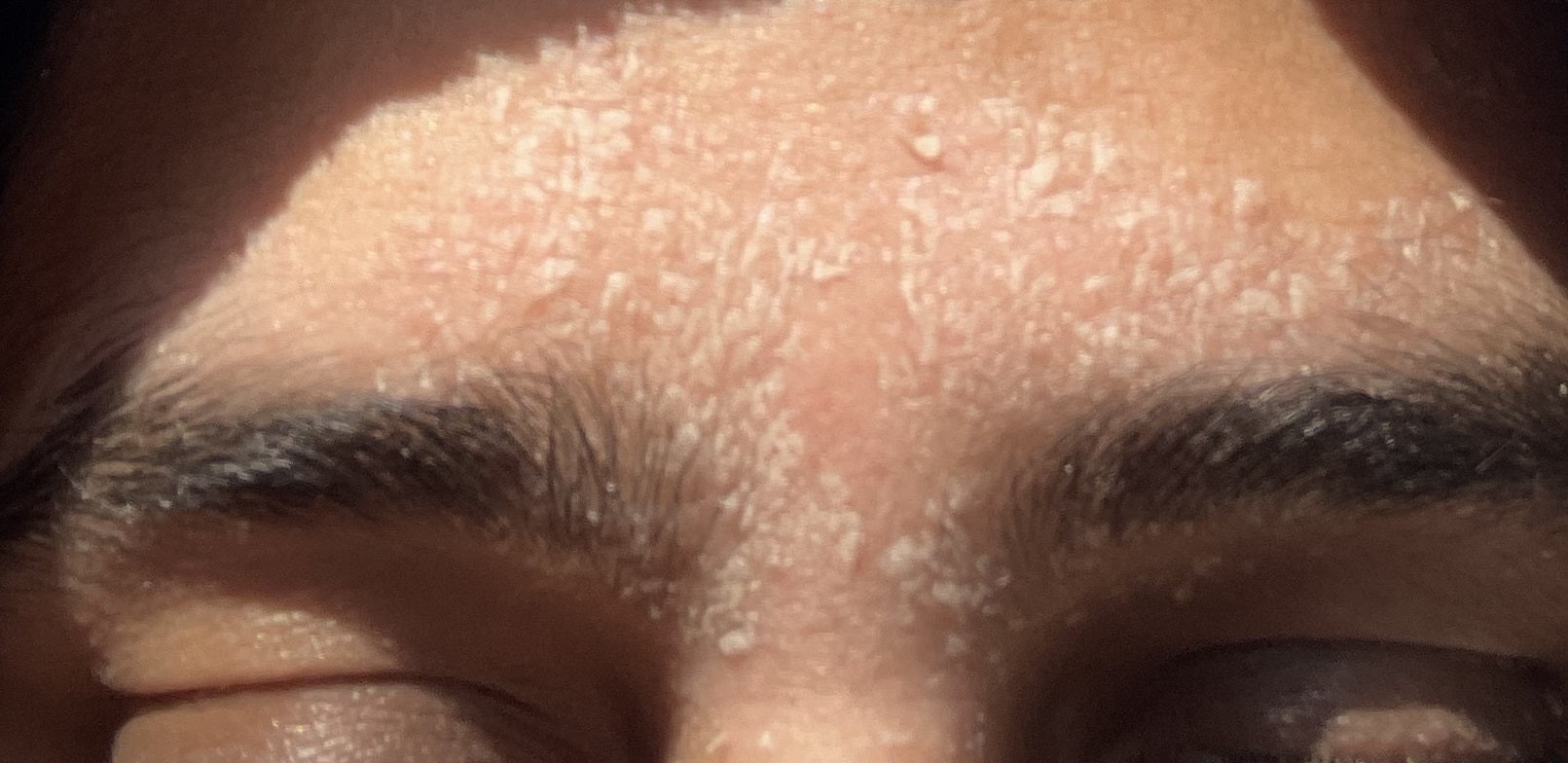
Contents of this article
- What Is Seborrheic Dermatitis?
- How Does Seborrheic Dermatitis Start?
- How Do You Know If You Have Seborrheic Dermatitis?
- Does Diet Affect Seborrheic Dermatitis?
- Is Seborrheic Dermatitis Caused by Stress?
- How to Treat Seborrheic Dermatitis on the Face
- What Is the Best Skincare for Seborrheic Dermatitis?
- What Is the Best Cleanser for Seb Derm?
- Best Serum for Seb Derm
- Hydrolytic® Serum
- Best Moisturizer for Seb Derm
- Hydrolytic® Moisturizer 30ml
- Conclusion
- Your Questions, Our Priority
Key takeaways from this article
- Seborrheic dermatitis is a chronic condition influenced by an imbalance in the skin microbiome, excess sebum production, and an overgrowth of Malassezia yeast.
- Both fungal and bacterial shifts contribute to inflammation, making microbiome-friendly skincare essential for long-term management.
- Diet, stress, and lifestyle factors play a significant role in triggering and worsening flare-ups.
- Gentle cleansing, barrier-supporting ingredients, and antifungal treatments can help keep symptoms under control.
- While there is no permanent cure, consistent skincare and lifestyle adjustments can significantly reduce flare-ups and improve skin health.
What Is Seborrheic Dermatitis?
Seborrheic dermatitis is a chronic inflammatory condition primarily affecting oily areas of the skin, such as the face, scalp, and chest. Its roots lie in a complex interplay of factors: an imbalance in the skin microbiome, an overgrowth of yeast (Malassezia), and inflammatory responses triggered by a compromised skin barrier. The condition is more prevalent in adults, with men having double the risk—possibly due to higher androgen levels influencing sebum production.
Globally, roughly 1 in every 23 individuals may be affected, with the highest rates reported in South Africa and the lowest in India. Understanding the underlying causes of seborrheic dermatitis is key to selecting the right treatment.
How Does Seborrheic Dermatitis Start?
Seborrheic dermatitis begins with a combination of skin microbiome imbalances, excess oil production, and an overactive immune response. Understanding seb derm causes and seb derm triggers is key to managing the condition effectively.
The 5-stage process of Seborrheic Dermatitis development:
- Increased Sebum Production: Oily areas of the skin, such as the scalp, face, and chest, create the perfect environment for yeast and bacteria to thrive.
- Malassezia Overgrowth: This naturally occurring yeast proliferates in lipid-rich areas, fueling an imbalance in the skin microbiome.
- Lipase Activity & Free Fatty Acids: Malassezia secretes lipases that break down sebum into free fatty acids, which irritate the skin and trigger inflammation.
- Immune System Overreaction: The body's defense system overreacts, causing keratinocyte (skin cell) proliferation and weakening the skin barrier.
- Visible Symptoms Appear: Redness, scaling, and itching develop, characteristic of seb derm.
Seborrheic dermatitis is primarily fungal, but bacteria also play a role in its development.
However, research shows that seb derm is also influenced by bacterial imbalances.
Studies have found an increase in Staphylococcus and a reduction in Cutibacterium, which contribute to skin barrier damage and worsen symptoms. This confirms that seb derm is driven by both fungal and bacterial shifts.
Managing the condition effectively involves controlling sebum production, balancing the skin microbiome, and reducing inflammation, all of which help regulate seb derm yeast overgrowth and minimize flare-ups.
What is Malassezia and How Does It Cause Seborrheic Dermatitis?
Malassezia is a naturally occurring yeast (type of fungus) found on the skin, but in people with seborrheic dermatitis, it grows excessively, triggering inflammation and skin barrier disruption.
This yeast thrives in oily areas like the scalp, face, and chest, where it breaks down sebum into free fatty acids, irritating the skin and leading to redness, flaking, and itching.
Research shows that an imbalance in the skin microbiome—where Malassezia overgrowth is paired with a weakened skin barrier—plays a key role in seb derm flare-ups.
How Do You Know If You Have Seborrheic Dermatitis?
Typical seborrheic dermatitis symptoms on the face include:
- Red, scaly patches around the nose, eyebrows, and forehead.
- Flaking that might resemble dandruff but extends beyond the scalp.
- Itchiness or a burning sensation, particularly after using harsh skincare products. These symptoms are often confused with seb eczema or other conditions like eczema, psoriasis, or rosacea.
What’s the Difference Between Seborrheic Dermatitis and Other Skin Conditions?
Understanding the differences is crucial.
- Seb Derm vs. Eczema Eczema generally results in dry, cracked skin; seb derm is more oily and flaky.
- Seb Derm vs. Psoriasis Psoriasis tends to present with thicker scales on elbows, knees, and other extensor areas.
- Seb Derm vs. Rosacea Rosacea features redness and visible blood vessels, often without the flaky appearance.
- Seb Derm vs. Dandruff Dandruff is typically limited to the scalp, whereas seb derm can affect the face, beard, and eyelids.
Does Diet Affect Seborrheic Dermatitis?
Many ask, does diet affect seborrheic dermatitis? The answer is yes. What you eat can influence seb derm flare-ups, as certain foods contribute to inflammation, disrupt the gut-skin connection, and affect sebum production. If you're struggling with persistent symptoms, adjusting your diet may help manage the condition more effectively.
Worst Foods for Seborrheic Dermatitis
- Dairy Products Many wonder, does dairy make seborrheic dermatitis worse? The answer varies, but seb derm and dairy sensitivity are closely linked. Dairy can promote inflammation and increase sebum production, leading to more frequent flare-ups.
- Refined Sugar & Processed Foods High sugar intake disrupts gut health, contributes to seb derm and sugar intake issues, and fuels inflammation. Processed foods loaded with artificial additives can also worsen symptoms.
- Gluten-Containing Foods While not everyone with seb derm has gluten intolerance, some people notice improvements when reducing gluten in their diet.
- Alcohol There is a strong link between seb derm and alcohol consumption. Frequent alcohol intake can weaken the immune system, disrupt the gut microbiome, and trigger inflammation, all of which contribute to seb derm flare-ups.
- Coffee & Caffeinated Beverages While coffee isn’t a direct cause, seb derm and coffee may be connected due to caffeine’s dehydrating effects and potential impact on stress and oil production.
- Experimentation is Key The impacts of specific foods vary person to person. Its best to test what works best for you by testing and experimenting.
Best Foods for Seborrheic Dermatitis
An anti-inflammatory diet can help reduce seb derm triggers and promote skin health
- Omega-3 Fatty Acids Found in salmon, flaxseeds, and walnuts, omega-3s help regulate oil production and reduce inflammation.
- Probiotic-Rich Foods/ Fermented Foods Yogurt, kimchi, sauerkraut, and kefir support gut health, which is directly linked to best food for seb derm.
- Vitamin D Ensuring adequate vitamin D levels may help regulate the immune response and skin barrier function.
By making mindful dietary choices, you can support both gut and skin health, helping to reduce seb derm flare-ups naturally.
Does drinking water help Seb Derm?
Hydration is a key component of overall skin health.
Staying well-hydrated helps support the skin barrier and maintains optimal oil production.
While drinking water alone won’t cure seb derm, it is an essential part of a holistic approach to managing the condition.
Is Seborrheic Dermatitis Caused by Stress?
Yes—seb derm stress-related flare-ups are common. High seb derm and stress levels can weaken the immune system, disrupt skin barrier repair, and increase oil production, all of which contribute to flare-ups. Research shows that stress hormones inhibit lipid synthesis, delaying skin healing and making seb derm symptoms worse. While stress alone isn’t the cause, it plays a major role in triggering and worsening the condition.
- Stress weakens immune function, allowing Malassezia yeast to overgrow and trigger inflammation.
- Seb derm and stress levels are linked, as stress increases sebum production, creating an ideal environment for flare-ups.
- Poor sleep, often linked to stress, disrupts the body’s ability to repair the skin, prolonging symptoms.
- Managing stress through relaxation techniques, quality sleep, and lifestyle changes can help reduce flare-ups and improve skin health.
The time it takes to clear seborrheic dermatitis depends on the severity of the condition and how well it's managed.
Mild cases may improve within a few days to a couple of weeks with the right treatment, while chronic or severe cases can take longer to control.
Consistent use microbiome-friendly skincare, and anti-inflammatory lifestyle changes can help speed up recovery.
While symptoms can be managed effectively, seb derm tends to be a recurring condition, so ongoing maintenance is key to keeping flare-ups under control.
How to Treat Seborrheic Dermatitis on the Face
Managing seb derm on the face is all about balancing the skin microbiome and reducing inflammation:
- Adopt microbiome-supporting skincare Use products that work with your skin rather than against it. For example, integrating our Hydrolytic® technology helps to restore and diversify the skin microbiome.
- Keep the skin barrier intact Gentle cleansing is critical. Avoid harsh cleansers that strip natural oils, and opt for products that maintain the balance of oil production.
- Prioritize hydration Using a moisturizer that supports the skin barrier is key.
- Modify lifestyle factors Reduce stress, ensure adequate sleep, and maintain a healthy diet to support both gut and skin health.
- Don't remove natural oils You may think that purging the skin of all its oils will help it to prevent yeast overgrowth. This will disrupt the skin barrier further and allow pathegenic microbes to proliferate. Look after your good bacteria and they will do the work for you.
What Is the Best Skincare for Seborrheic Dermatitis?
The best overall approach to skincare for seb derm is one that centers two principles
- Supporting and rebalancing your skin’s microbiome
- Rebuilding the skin barrier
Rather than using aggressive treatments that can further disrupt the natural balance, a microbiome-friendly regimen promotes skin health and resilience over time. This means choosing products that are gentle, non-stripping, and formulated to work in harmony with your natural skin flora.
What Is the Best Cleanser for Seb Derm?
Supporting good bacteria is key to managing seborrheic dermatitis long-term. Instead of harsh cleansers that strip the skin, the goal is to create an environment where beneficial microbes can thrive while keeping Malassezia in check. A balanced microbiome helps regulate oil production, strengthen the skin barrier, and reduce inflammation—key factors in preventing seb derm flare-ups.
- Water & a Microfiber Cloth: Using just water and a microfiber cloth provides gentle exfoliation without damaging the skin barrier or disrupting the microbiome. This method avoids unnecessary stripping of natural oils, allowing the skin to find its natural balance in oil production.
- Micellar Cleansing Water: Products like Garnier or CeraVe’s micellar water are easily accessible and among the most gentle cleansers available. They effectively remove impurities without the harshness found in some traditional cleansers. (When in doubt, check ingredient safety apps like Yuka to ensure a product is microbiome-friendly.)
- Rice Wash Bar (Beauty of Joseon): This K-beauty cleansing bar is a mild cleanser that uses rice components to help support and nourish the skin microbiome while gently cleansing away impurities.
Best Serum for Seb Derm
For those seeking the best serum for seb derm, our Hydrolytic® Serum is a standout.
It harnesses advanced Hydrolytic® Enzyme technology to enhance skin barrier function and diversify the skin’s microbiome. Our Enzyme is capable of disrupting the Malazessia and Staphylococcus aureus biofilm allowing beneficial bacteria to thrive instead.
This serum helps to reduce inflammation, and soothe redness—making it an essential part of your seb derm skincare routine.

Hydrolytic® Serum 30ml
Anti-Aging + Deep Hydration
Best Moisturizer for Seb Derm
When it comes to the best moisturizer for seb derm, our Hydrolytic® Moisturizer is engineered to reinforce the skin barrier while nourishing the skin’s microbiome.
Our Hydrolytic® Enzyme technology is capable of disrupting the Malazessia and Staphylococcus aureus biofilm allowing beneficial bacteria to thrive.
It delivers essential hydration without clogging pores, ensuring that the skin remains balanced and resilient against environmental triggers.

Hydrolytic® Moisturizer 30ml
24-hr Hydration + Rebalance
Conclusion
Seborrheic dermatitis is a chronic condition, but it is highly manageable with the right approach.
By embracing microbiome-friendly skincare—including our Hydrolytic® Serum, Hydrolytic® Moisturizer, and gentle cleansing options—and supporting your body through a healthy diet and lifestyle, you can significantly reduce flare-ups and maintain balanced, resilient skin.
Remember, when the microbiome thrives, so does your skin.
Your Questions, Our Priority
What is fjör?
fjör is a microbiome skincare brand from Scandinavia, designed to boost skin health by enhancing microbiome diversity. Using innovative Hydrolytic® Enzyme technology, fjör supports sensitive skin with a minimalist approach, focusing on resilience, hydration, and balance for a naturally radiant complexion.
Is Seborrheic Dermatitis contagious?
No, seborrheic dermatitis is not contagious. It is caused by an overgrowth of Malassezia yeast and imbalances in the skin microbiome, not by direct transmission from person to person.
Can Seborrheic Dermatitis spread to other parts of the body?
Yes, seb derm can affect more than just the scalp and face. It commonly appears on the chest, back, ears, and even in skin folds where oil production is high.
Does Seborrheic Dermatitis go away on its own?
Seborrheic dermatitis is a chronic condition, meaning it tends to recur. While flare-ups can subside, long-term management is usually necessary to keep symptoms under control.
Are there hormonal triggers for Seborrheic Dermatitis?
Yes, seb derm is more common in men, possibly due to higher androgen levels increasing sebum production. Hormonal fluctuations, such as during puberty or pregnancy, can also influence flare-ups.
Can using too many skincare products make Seborrheic Dermatitis worse?
Yes, over-cleansing or using harsh skincare products can disrupt the skin barrier, worsening symptoms. A minimalist, microbiome-friendly approach is best.
Can Seborrheic Dermatitis be linked to autoimmune conditions?
While seb derm itself is not an autoimmune disease, it is more common in individuals with weakened immune systems or other inflammatory conditions, such as psoriasis.
Can probiotics help with seborrheic dermatitis?
Yes, gut health is linked to skin health, and probiotics may help by improving the overall balance of bacteria in the body, reducing systemic inflammation that can contribute to seb derm.
Authors

Written by William Smithwite
Co-founder of fjör & Skin Microbiome Expert

Reviewed by Natalie Enslöw
Founder & CEO of fjör
References
- Tao, Rong, Ruoyu Li, and Ruojun Wang. "Skin microbiome alterations in seborrheic dermatitis and dandruff: a systematic review." Experimental Dermatology 30.10 (2021): 1546-1553.
- Dall’Oglio, Federica, et al. "An overview of the diagnosis and management of seborrheic dermatitis." Clinical, cosmetic and investigational dermatology (2022): 1537-1548.
- Jackson, J. Mark, et al. "Unmet needs for patients with seborrheic dermatitis."Journal of the American Academy of Dermatology90.3 (2024): 597-604.
- Polaskey, Meredith Tyree, et al. "The global prevalence of seborrheic dermatitis: a systematic review and meta-analysis." JAMA dermatology 160.8 (2024): 846-855.
Contents of this article
- What Is Seborrheic Dermatitis?
- How Does Seborrheic Dermatitis Start?
- How Do You Know If You Have Seborrheic Dermatitis?
- Does Diet Affect Seborrheic Dermatitis?
- Is Seborrheic Dermatitis Caused by Stress?
- How to Treat Seborrheic Dermatitis on the Face
- What Is the Best Skincare for Seborrheic Dermatitis?
- What Is the Best Cleanser for Seb Derm?
- Best Serum for Seb Derm
- Hydrolytic® Serum
- Best Moisturizer for Seb Derm
- Hydrolytic® Moisturizer 30ml
- Conclusion
- Your Questions, Our Priority
Authors

Written by William Smithwite
Co-founder of fjör & Skin Microbiome Expert

Reviewed by Natalie Enslöw
Founder & CEO of fjör


